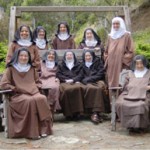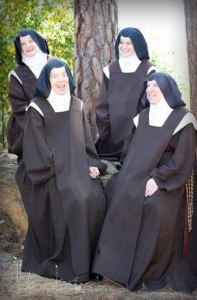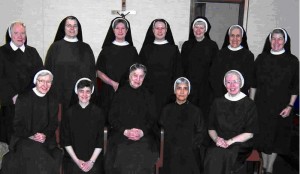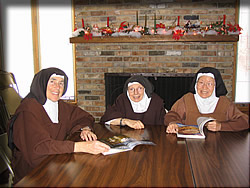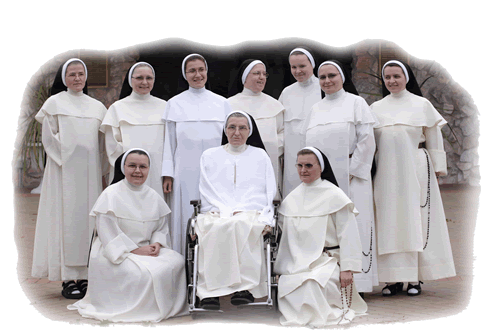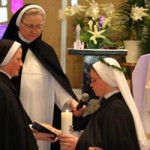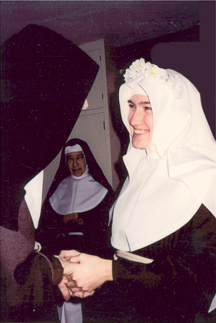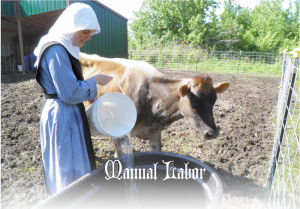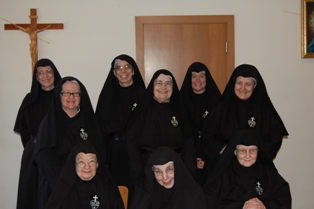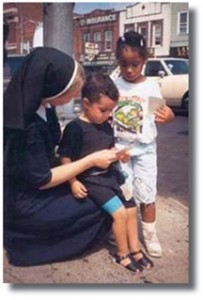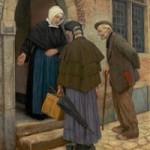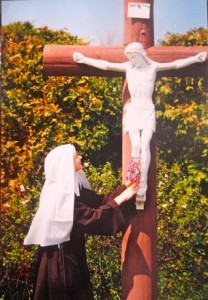 The pro-life movement will have one less person on the front lines when Kathleen Gilbert, LifeSiteNews Bureau Chief, enters the Discalced Carmelite Monastery in Buffalo, New York, on October 14th. Kathleen joined LifeSiteNews just before President Obama was elected to office and she hopes “God willing, I’m going out with him too.”
The pro-life movement will have one less person on the front lines when Kathleen Gilbert, LifeSiteNews Bureau Chief, enters the Discalced Carmelite Monastery in Buffalo, New York, on October 14th. Kathleen joined LifeSiteNews just before President Obama was elected to office and she hopes “God willing, I’m going out with him too.”
Kathleen is devoted to giving the unborn a voice in the world. She says, “There are many businesses in our world that exploit others. The business of killing has the advantage that the victims always keep quiet. That’s why the holocaust happened, why the unborn in America suffer another 9/11 every single day, and why Planned Parenthood’s business is booming: the dead don’t speak.” She tried to shine a light where others wanted it dark. And she hopes to keep the mission to protect life going, albeit, she will be doing it in a different way.
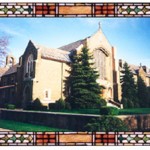 The monastery she is entering has an amazing history. In 1914, as as Mother Elias and a companion faced a firing squad in Mexico, Mother prayed: “Little Therese, if you are a saint, as some people say you are, then deliver us, and I promise to found a Monastery in your honor.” The shots rang out, the nuns sank to the ground and when they regained consciousness, their clothes were bloodied but they were unhurt. In 1925, on the day of the canonization of St. Therese, the Little Flower, the Carmelite chapel in Buffalo, NY, was dedicated, the first in the world to have the Little Flower as its titular Saint.
The monastery she is entering has an amazing history. In 1914, as as Mother Elias and a companion faced a firing squad in Mexico, Mother prayed: “Little Therese, if you are a saint, as some people say you are, then deliver us, and I promise to found a Monastery in your honor.” The shots rang out, the nuns sank to the ground and when they regained consciousness, their clothes were bloodied but they were unhurt. In 1925, on the day of the canonization of St. Therese, the Little Flower, the Carmelite chapel in Buffalo, NY, was dedicated, the first in the world to have the Little Flower as its titular Saint.
As the nuns state, “Our Rule and Constitutions represent the authentic charism of our Holy Mother Saint Teresa of Avila, who desired that her daughters apply themselves zealously to prayer and manual labor for the benefit of the Church and especially for priests. We humbly and gratefully wear the full Habit of Our Lady of Mount Carmel, observe strict Papal enclosure in order to safeguard the sacredness of the cloister, and cherish many traditional monastic customs such as the use of Latin and Gregorian Chant.”
May God bless Kathleen and all the Carmelites of Buffalo.

